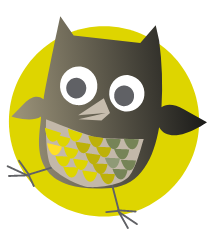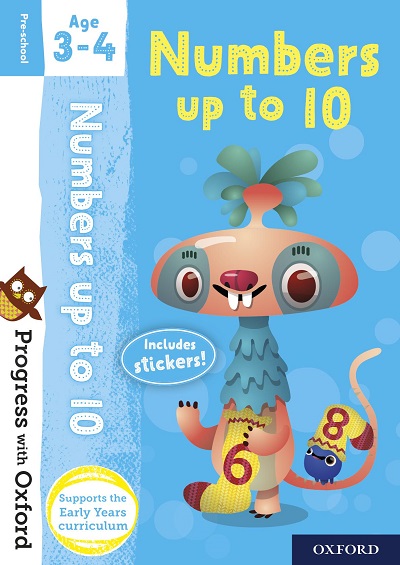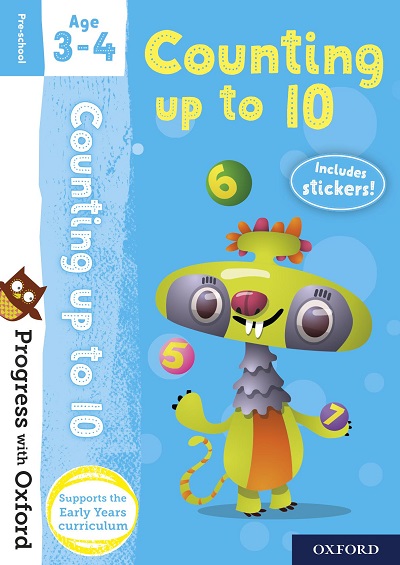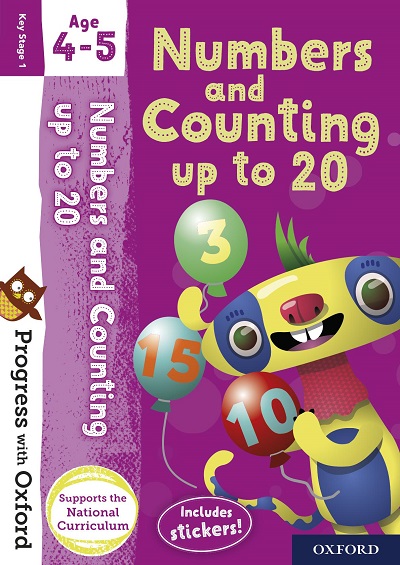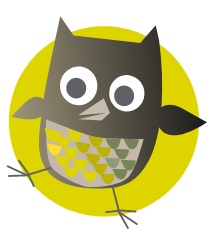It’s never too early to explore numbers and counting with your child. Talking about numbers and counting early and often will show your child that numbers are part of everyday life.
There are loads of fun and easy things you can try to help your child to explore numbers, giving them a great start to developing early numeracy skills and concepts.
1. Count everyday objects together
Bringing numbers to life can be as easy as counting everyday items with your child. Start by counting small objects together: toys, fruit, or crayons will work. Only count one type of object at a time – note that this is more effective if the object is fun or enticing to them!
As your child’s confidence grows, you can start asking them simple questions, such as ‘How many apples are there in the bowl?’ or ‘Are there more pennies than crayons on the table?’
This shouldn’t feel like a test, so remember to keep things light and have fun.
2. Sing counting songs
Many nursery rhymes are designed to help children to count. Counting songs like Ten Green Bottles or Three Little Frogs [PDF] progress in reverse order, which can be especially helpful when young children start thinking about adding and taking away.
Using fingers as counters can be a useful way to make a visual link between numbers and quantity.
3. Build, draw, and write numbers together
Help your child to learn the numerals by engaging with their shapes. You can start by making numbers out of modelling clay: try an important date, their age, or your house number. From there, you can start drawing numbers together for fun activities. Why not bring some chalk outside and draw up a hopscotch grid?
For more practice, you can try our worksheet [PDF] on writing numbers.
4. Point out numbers when out and about
We’re surrounded by numbers wherever we go: try pointing out numbers when you see them! For example, waiting at the bus stop can be a great way to practice this: ‘We need the number 3 bus… Here one comes: which number is that?’
Learning to recognise the shapes of numbers is as important as knowing how to count out loud, and introducing these symbols early will do wonders down the road. When travelling, pointing out house numbers, bus timetables, or platform numbers will demonstrate that numbers have a real life context.
5. Play board games together
As well as being a great way to spend family time, many children’s board games can help with counting. Games using dice provide a great opportunity to count and add up numbers together. Snakes and ladders can have children counting from about 20 all the way up to 100, depending on the size of the board. Stimulate mathematical thinking by asking questions such as ‘How many spaces do you need to advance to win?’ or even ‘How many spaces did you manage to skip by landing on the ladder?’
Playing simpler games like skittles will allow younger children to join in on the fun as the numbers are kept small.
6. Read counting books
There are many stimulating picture books with stories based around numbers that you can enjoy with your child.
- We’re Not Sleepy by Joanne Partis (Oxford) – this sweet little story is about three kittens who don’t want to go to bed. There are lots of opportunities to spot and count the farmyard animals, ending with the sheep!
- Dinosaur Dig! By Penny Dale (Nosy Crow) – this inventive counting story manages to combine diggers, dinosaurs and counting.
- Ten Little Fingers and Ten Little Toes by Mem Fox and Helen Oxenbury (Walker) – illustrated beautifully by the illustrator of We’re Going on a Bear Hunt, this story is ideal for young children.
Books
Please note: all book links lead to more information on Amazon.co.uk
Numbers up to 10
Suitable for children aged 3–4
This activity book will help your child to progress with numbers while having fun so they will quickly learn to be able recognise numbers, their names and their digits, as well as learning how to write them.
Progress with Oxford Age 3–4 activity books have been created to develop early numeracy and literacy skills, as taught in pre-school. Each activity book includes a unique character, stickers and a progress chart to capture how much children have learned.
Counting up to 10
Suitable for children aged 3–4
This activity book will help your child to progress with counting while having fun so they will quickly learn how to count and recognise the order of numbers from 1 to 10.
Progress with Oxford Age 3–4 activity books have been created to develop early numeracy and literacy skills, as taught in pre-school. Each activity book includes a unique character, stickers and a progress chart to capture how much children have learned.
Numbers and Counting up to 20
Suitable for children aged 4–5
Infectious rhymes that will have everyone joining in! And the hidden details in the pictures will have you going back again (and again and again – sorry) to follow you and your child’s favourite characters.
